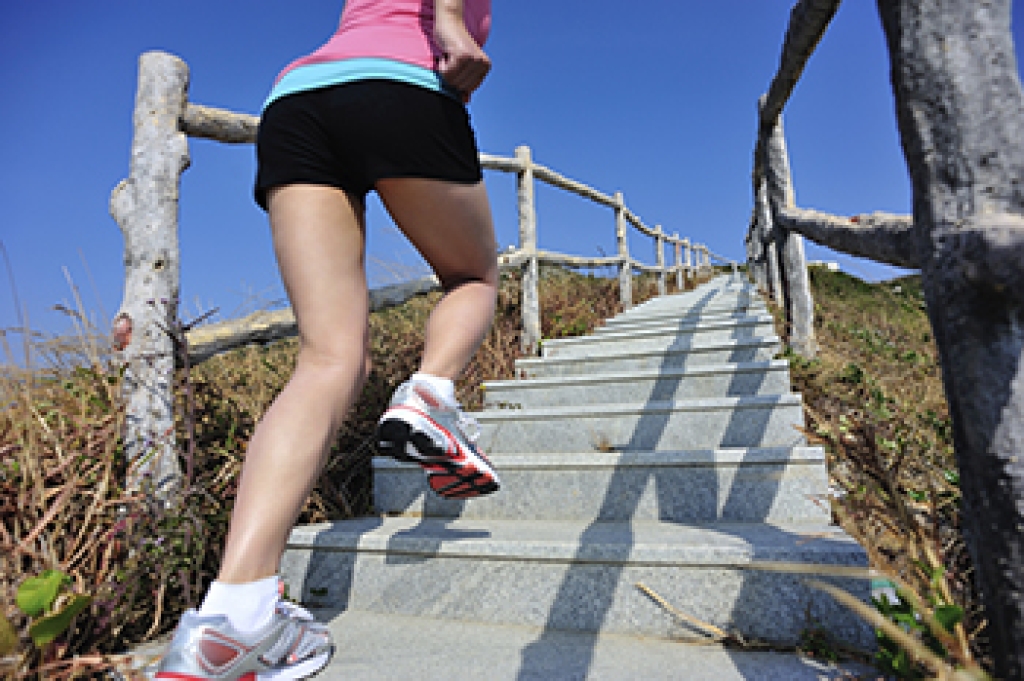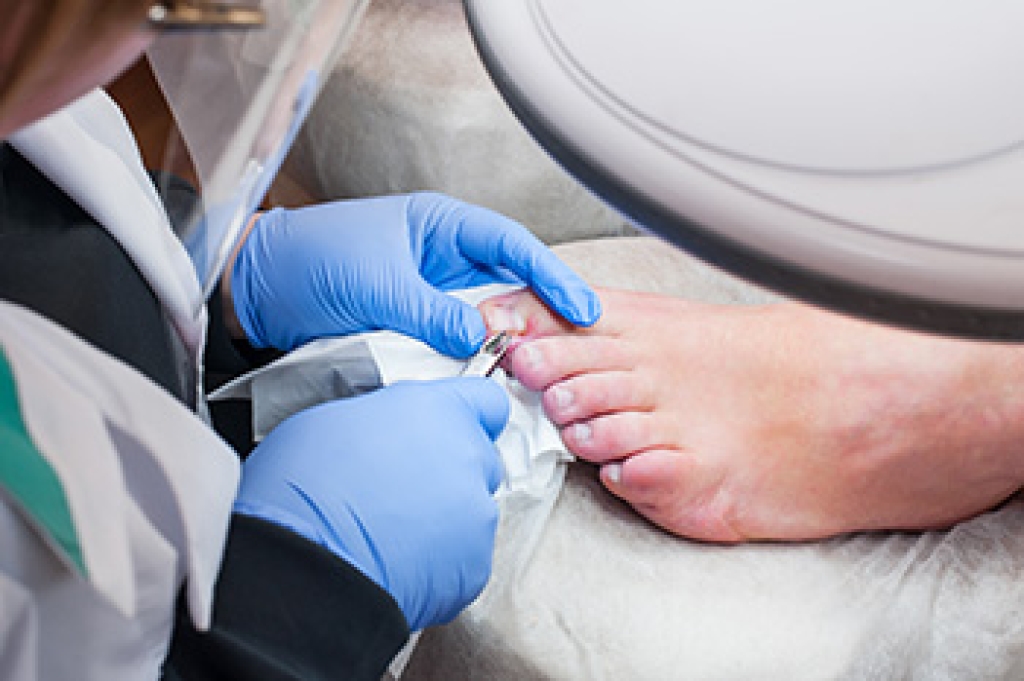
Runners often experience a variety of foot problems due to the repetitive stress and impact involved in the sport. Issues like blisters, toenail damage, and stiff big toe joints are frequent, in addition to more severe conditions like plantar fasciitis and stress fractures. The feet endure significant pressure during running, making them particularly vulnerable to injuries. When not properly treated, these injuries can lead to chronic pain or long-term mobility issues. To prevent foot problems, it is important to wear appropriate footwear, gradually increase mileage, and pay attention to any early signs of discomfort. Regularly stretching and strengthening foot muscles can also reduce the risk of injury. If problems persist, it is suggested that you seek advice from a podiatrist to help ensure proper healing and avoid further complications, allowing you to safely continue the desired activity.
All runners should take extra precaution when trying to avoid injury. If you have any concerns about your feet, contact one of our podiatrists of Community Foot Specialists. Our doctors will treat your foot and ankle needs.
How to Prevent Running Injuries
There are a lot of mistakes a runner can make prior to a workout that can induce injury. A lot of athletes tend to overstretch before running, instead of saving those workouts for a post-run routine. Deep lunges and hand-to-toe hamstring pulls should be performed after a workout instead of during a warmup. Another common mistake is jumping into an intense routine before your body is physically prepared for it. You should try to ease your way into long-distance running instead of forcing yourself to rush into it.
More Tips for Preventing Injury
- Incorporate Strength Training into Workouts - This will help improve the body’s overall athleticism
- Improve and Maintain Your Flexibility – Stretching everyday will help improve overall performance
- “Warm Up” Before Running and “Cool Down” Afterward – A warm up of 5-10 minutes helps get rid of lactic acid in the muscles and prevents delayed muscle soreness
- Cross-Training is Crucial
- Wear Proper Running Shoes
- Have a Formal Gait Analysis – Poor biomechanics can easily cause injury
If you have any questions, please feel free to contact our offices located in Beavercreek, Dayton, and Vandalia, OH . We offer the newest diagnostic and treatment technologies for all your foot care needs.



 Juvenile arthritis,
Juvenile arthritis,